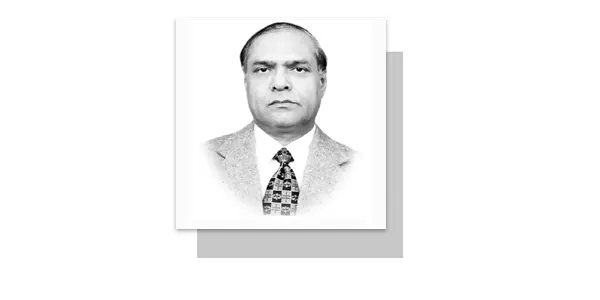THE post-war period in Europe, spanning from the late 1940s to the 1970s, was characterized by an expansion of the state’s role in safeguarding citizens from the risks of unemployment, poverty, homelessness and food insecurity. This security began to erode in the 1980s as a result of privatization and deregulation. The withdrawal of the state further accelerated after the 2008 financial crisis, as countries began pursuing deep austerity. The result has been a rise in what has been termed ‘precariousness’. The development of the concept of precariousness and related phenomena of vulnerability and resilience, were the most discussed and deliberated issues as a result of evidence of growing precariousness in European countries. It describes a series of studies of the impact on precariousness on health in domains of employment, housing and food as well as natural experiments of policies that either alleviate or worsen these impacts. It concludes with a warning, drawn from the history of the 1930s, of the political consequences of increasing precariousness in Europe and North America.
One of the greatest achievements of post-war Western Europe, between the late 1940s and 1970s, was to provide security for its people. One element was collective security from external threats in the form of the North Atlantic Treaty Organization (NATO). The other was security from internal threats, summarized in the United Kingdom by William Beveridge as “the five giant evils” of society: “Want, Disease, Ignorance, Squalor and Idleness”. The struggle against these giants was the foundation of the post-war British welfare state.
The desire for security among politicians and the population in the 1950s and 1960s was understandable. This generation had lived through the depression of the 1930s and the Second World War. Many Europeans had faced deep uncertainty for years. One example was Willem Drees, Dutch Prime Minister in the 1940s and 1950s. Imprisoned in Buchenwald at the onset of WWII, he was released after a year and worked with clandestine organizations to support the poor, especially those in the underground and without ties to religious charities. Aware of insecurity, including insecurity of life itself, Drees became Minister of Social Affairs in 1945, creating a new pension system using emergency provisions and expanding the state’s role in social assistance.
In the wake of World War II, politicians across Europe from the right and the left, were establishing new programs and systems of governance that would provide security for their populations, aided by the resources provided by the Marshall Plan and the accompanying forgiveness of debt. In the United Kingdom (UK), the post-war Labour government seized the opportunities provided by the end of the war to create the National Health Service. Nye Bevan, the Minister of Health, launched a compulsory national insurance system that would protect everyone “from the cradle to the grave”. From the other end of the political spectrum, French President Charles de Gaulle resisted pressure from leading industrialists who were opposed to expanding health insurance, pointing out that while the French people had been suffering and, in many cases, dying under the Nazi occupation, the industrialists had been collaborating with the occupiers.
Each of these politicians was putting into practice, albeit unknowingly, the situation that the American moral philosopher John Rawls would later describe in his “Theory of Justice” which involves a group of individuals deciding what a just society would look like. However, unlike the usual situation, in which they create rules and procedures knowing whether they will benefit themselves, these individuals do so from behind a “veil of ignorance”. They make their decisions ignorant of whether they are black or white, rich or poor, male or female, healthy or disabled, or any and more combinations. The resulting society will be one in which access to certain basic freedoms are guaranteed for all, but also that the structures of society must protect the most disadvantaged, ensuring equality of opportunity to take advantage of these freedoms, whatever befalls them and wherever they end up. By the late 1950s, Europe’s leaders were those who had learned the lessons of the 1930s and 1940s and were determined not to repeat the mistakes of the past. In these ways, the resulting post-war settlement saw the state and employers take on many risks once borne by individuals and families. This newly created social security allowed people to look to the future with confidence, contributing to marked improvements in health and well-being. And this was based on political consensus. Harold Macmillan, the British Conservative prime minister in the 1950s, boasted that his proudest achievement was building large amounts of social housing. This, in large part, reflected the sense of solidarity that he had developed as an officer in the trenches with his working-class soldiers in the First World War.
The above joint efforts by people and politicians, industrialists and farmers, rich and poor, young and old, black and white, created a system and concept of welfare state to pull their citizens out of poverty and joblessness, cater to their health issues and education of children. The policies adopted by the state reflected the will on the part of the government to look after their citizens who had suffered immensely during the World War II and had been living at the edge for six long years (1939-1945).Today, the citizens of Europe, USA and Canada are taking benefit of those policies adopted more than 75 years ago. Though under some strain presently due to aging population and financial stress, the system remains intact and governments stand committed not to put their citizens on the edge again.
—The writer is Former Civil Servant and Consultant (ILO) & International Organisation for Migration and author of seven books.









